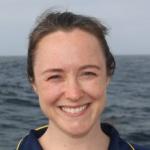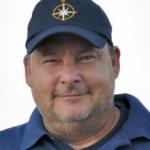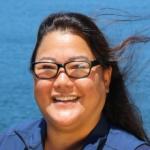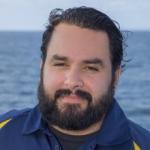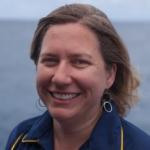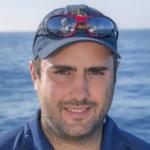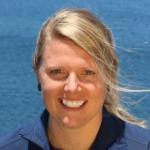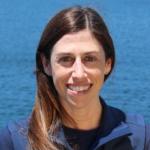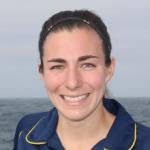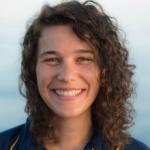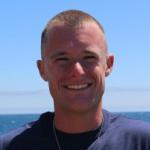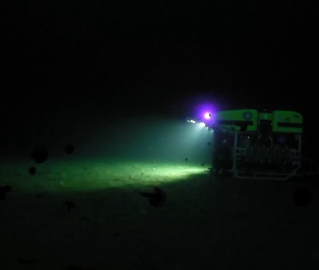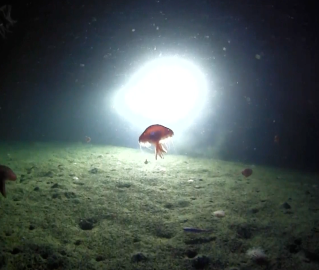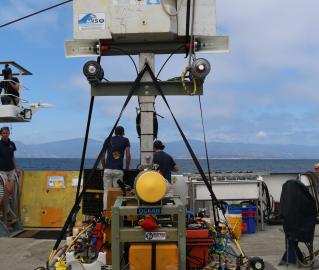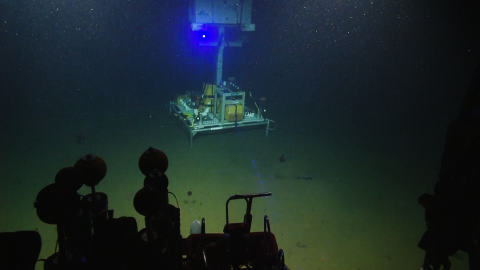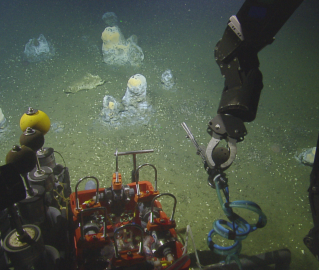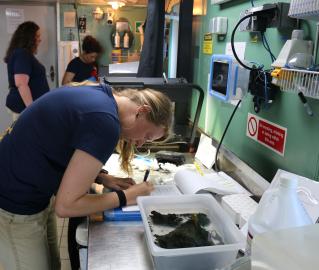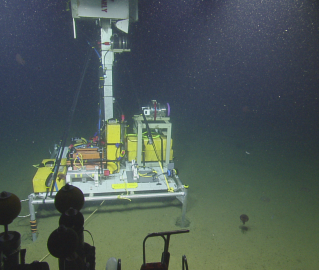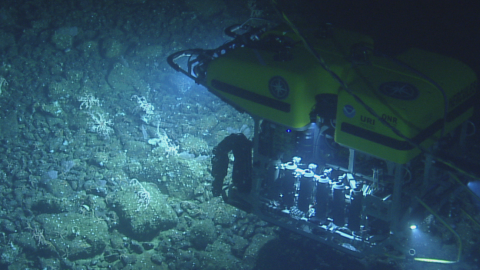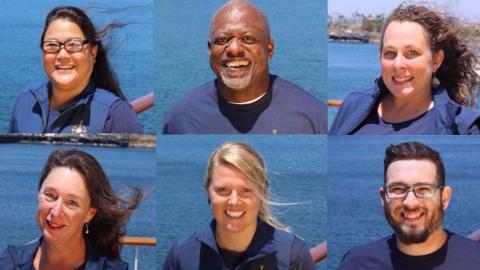E/V Nautilus will move north along Central California’s shoreline, renowned for natural rugged beauty that parallels underwater features. In the deep waters off the coast, numerous submarine canyons cross-cut the continental slope, some of which feature exposed canyon walls rich in methane and other chemicals that support unique microbial and animal communities. Sediments carried by longshore currents also often end up in these canyons, transporting organic matter into the deep sea. As such, distinct filter-feeding communities such as deep-sea corals can be abundant in these canyons.
Key features of this region potentially include deep-sea corals and other 3-D benthic habitats, tectonic activity, hydrocarbon repositories, chemosynthetic ecosystems, and anthropogenic impacts from agricultural runoff and associated activities. One component of this expedition will be to explore and sample unusual and novel features, fauna, sediments and authigenic rocks to expand our knowledge of the canyons off Central California.
The southern extent of California’s central coast is also home to well-developed oxygen minimum zones as well anoxic basins such as the Santa Barbara basin, ecosystems which are dominated by microbes. These regions offer an opportunity to study what Earth’s ocean was like in past, not only because sediments are well preserved and harbor a record that goes back thousands of years, but also because Earth was a microbial world well before animals came onto the scene.
This diversity of habitats offers an opportunity to study the critical role that microbes play in supporting animal communities and influencing ocean chemistry. This expedition will include launching and testing a new deep sea microbial and chemical sensor and sampler to study microbial processes in low-oxygen environments.





